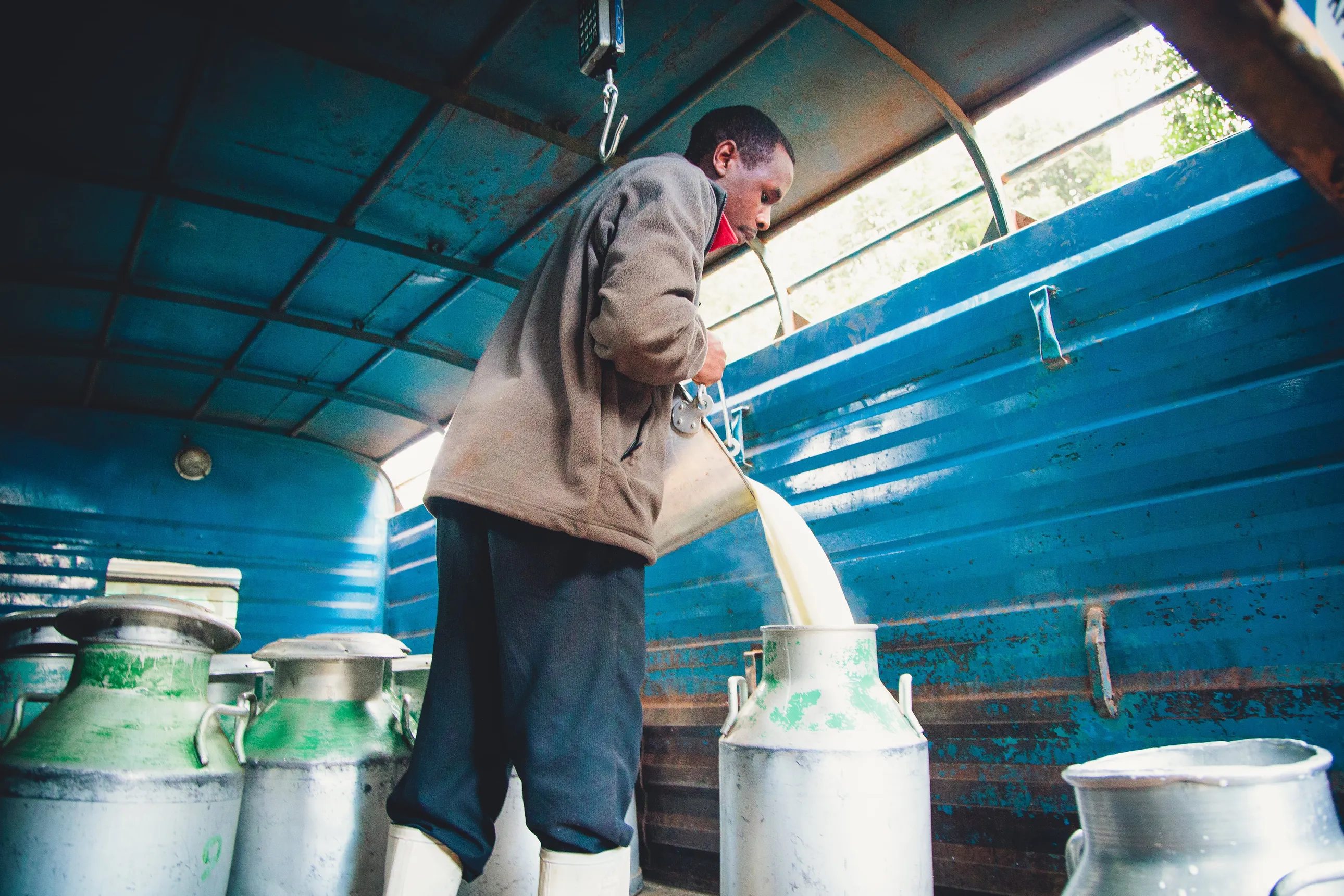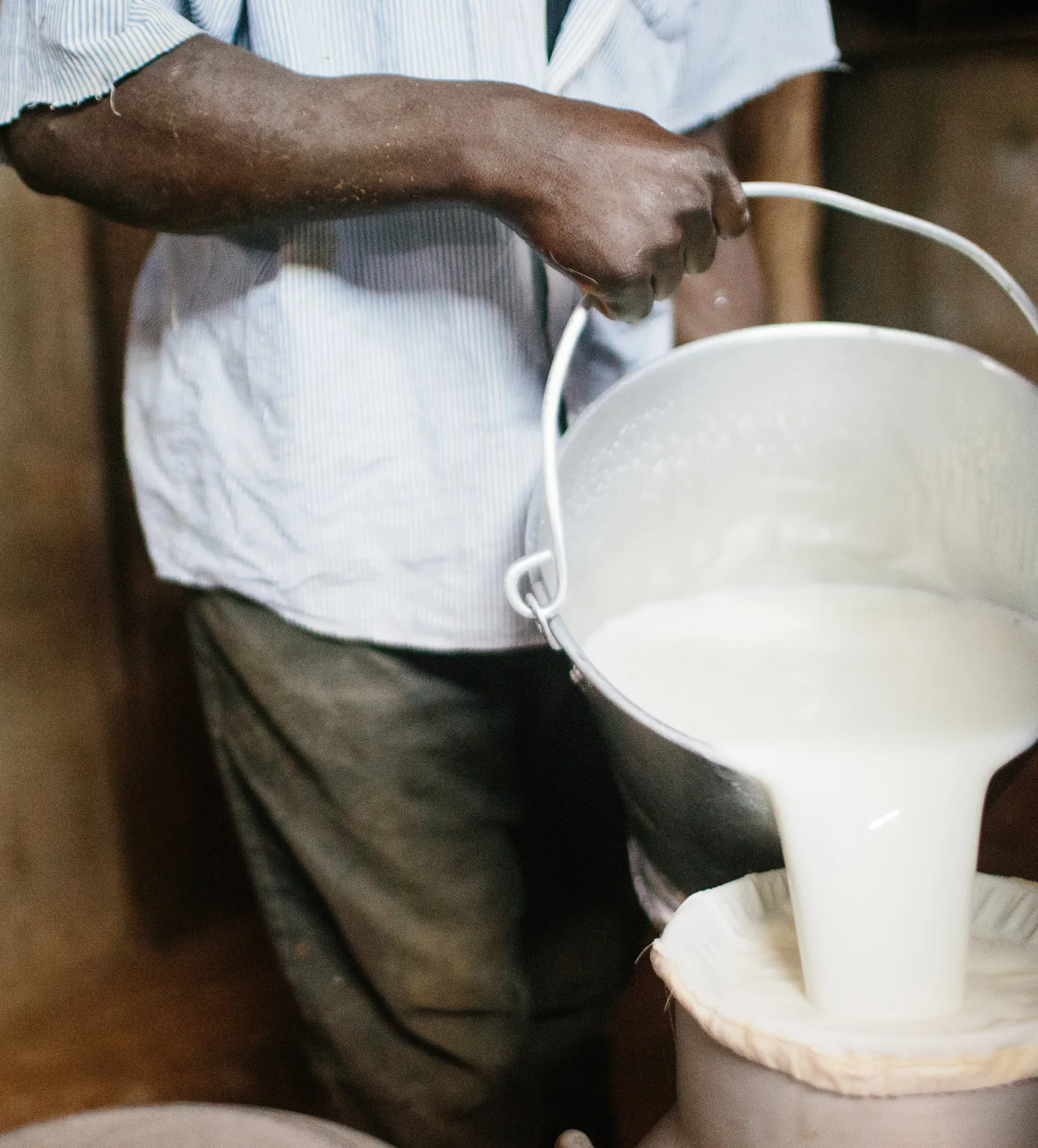KMDP-II: From Aid to Trade
Kenya,
concluded

The Kenya Market-led Dairy Programme: From Aid to Trade (KMDP-II) will invest in enhancing the professionalism and competitiveness of the Kenyan dairy sector. At the same time the project invests in the capacity of the Dutch private sector and knowledge p
The Kenya Market-led Dairy Programme: From Aid to Trade (KMDP-II) will invest in enhancing the professionalism and competitiveness of the Kenyan dairy sector. At the same time the project invests in the capacity of the Dutch private sector and knowledge providers to be inclusive and relevant for the Kenyan market. KMDP-II started in October 2016 and will continue until end June 2019.
KMDP-II continues on the results of KMDP-I that ran from March 2012 to December 2016. Both phases are funded by the Embassy of the Kingdom of the Netherlands in Kenya.
KMDP-II deepens the approach of KMDP-I, using the same principles but with a deliberate strategy to facilitate the transition of the Kenya dairy market from aid to trade relations. KMDP-II will stimulate the upscaling and replication at sector level and contribute to a more competitive dairy industry with enhanced incomes, more skilled jobs, food security & safety, and self-sustaining trade relations. It addresses both cost price and quality of milk, thus enhancing access of lower income consumers to affordable and healthy dairy products.
The project has two related pillars. Pillar I focuses on dairy market development, with a focus on intensifying and upscaling the most relevant interventions under KMDP-I. Pillar-II will focus on business brokering and trade promotion related interventions.
Within these pillars the project has five related outcome areas:
Improved availability of affordable & good quality practical training, extension and farm enterprises advisory services for farmers and other value chain actors;
Improved availability of affordable and good quality fodder;
Improved availability of incentives and mechanisms along the value chain that enable the supply of quality milk (food safety);
Improved linkages in the dairy value chain to stimulate chain integration and inclusiveness;
Improved linkages of dairy value chain actors with international (Dutch) companies and institutes, as a stimulus for innovation, inclusiveness and competitiveness of the sector.
KMDP-II builds on the results of KMDP-I: Creating a vibrant Kenyan Dairy Sector. KMDP-I made significant strides in addressing relevant and important issues in the Kenya dairy sector, such as the skills gap, feed and fodder supply, milk quality, value chain inclusiveness and entrepreneurship.
Key results from KMDP-I
20,498 famer households had increased income and food security due to higher dairy production;
Annnual increase of 4,4% of milk production from 56.1 million litres in 2013 to 72.8 million litres in the target area
4,939 jobs were created at farm level and with processors
2,409 farmers trained at KMDP model farms
200 lead farmers trained
17 Dutch dairy companies involved



